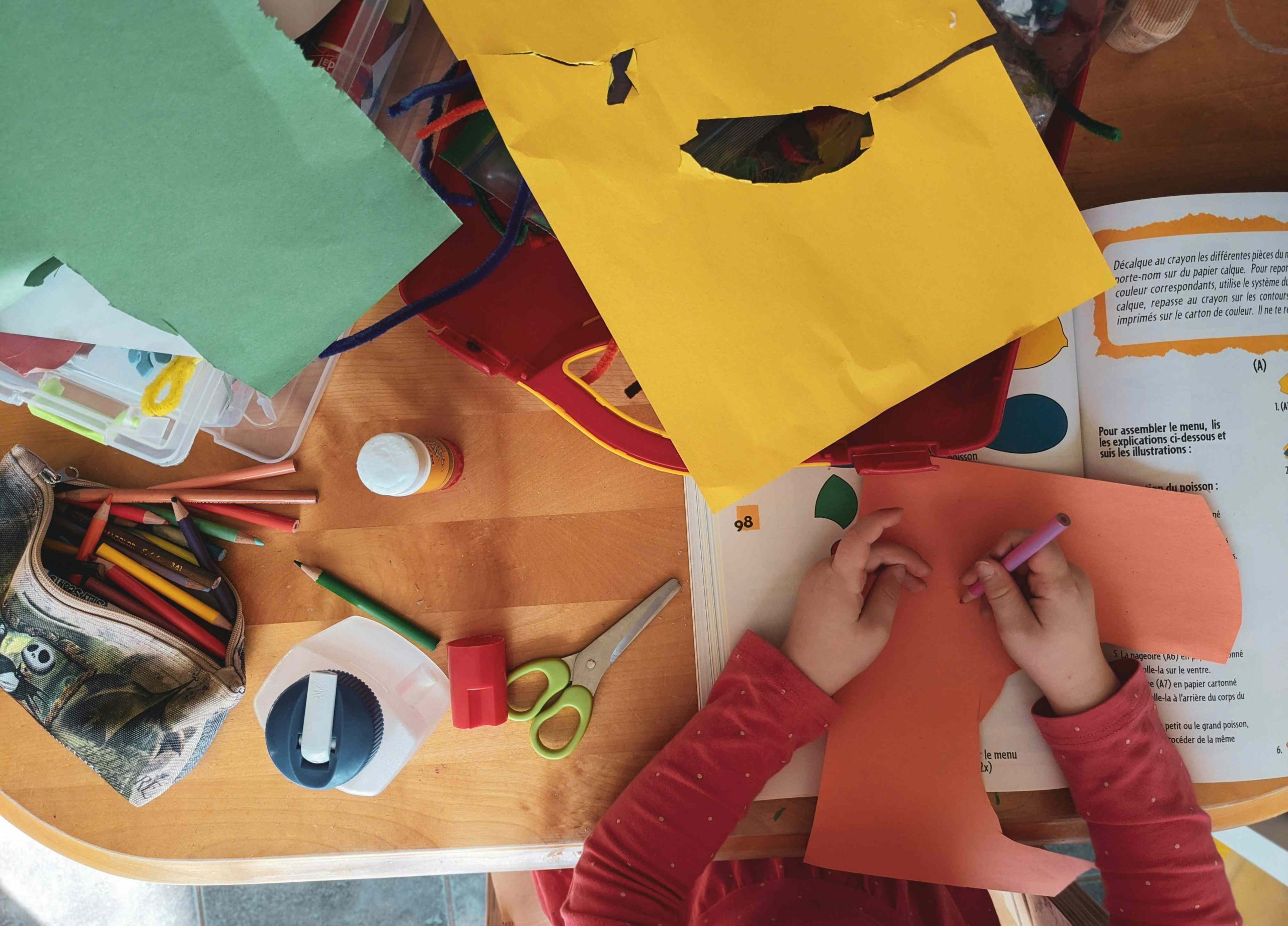
Fantastic Printable Methods to Teach Pre-K At Home
As a parent or caregiver of a preschooler, you know the importance of introducing learning early. Preschoolers, aged three to five, absorb information rapidly. In today’s digital age, printables are a convenient and effective resource for teaching Pre-K at home.
The Benefits of Using Printables for Pre-K Learning
Printables are not only easy to use but also offer numerous benefits for preschoolers’ learning and development:
- 1. Enhancing Fine Motor Skills: Printables often require preschoolers to use fine motor skills like holding a pencil, cutting, and coloring. These activities improve hand-eye coordination and dexterity.
- 2. Developing Cognitive Skills: Many printables help preschoolers develop cognitive skills such as problem-solving, critical thinking, and memory, which are crucial for overall development.
- 3. Promoting Creativity: Printables encourage preschoolers to use their imaginations and artistic abilities, fostering creativity and self-expression.
- 4. Building Language Skills: Printables aid in language development through letter and number recognition, word building, and vocabulary expansion.
Popular Printables for Pre-K Learning
Various printables cater to Pre-K learners, including:
- 1. Alphabet and Number Tracing: These printables help preschoolers learn to write letters and numbers by tracing dotted lines.
- 2. Colouring Pages: Fun and engaging, these pages promote creativity and fine motor skills.
- 3. Puzzles and Mazes: These activities enhance problem-solving and critical thinking skills.
- 4. Word Searches: These printables improve vocabulary and word recognition.
Tips for Using Printables to Teach Pre-K Learners
Maximize the effectiveness of printables with these tips:
- 1. Choose Age-Appropriate Printables: Select materials suitable for your child’s age and skill level to ensure engagement without overwhelming.
- 2. Incorporate Play: Integrate printables into playful activities like scavenger hunts or craft sessions to enhance enjoyment and retention.
- 3. Use as a Supplementary Tool: Combine printables with other activities such as reading, games, and outdoor exploration for a holistic learning experience.
- 4. Make Learning Fun: Utilize colors, textures, and interactive elements to make printable activities enjoyable and memorable.
Hands-On and Interactive Learning Experiences for Preschoolers
For an engaging learning journey, supplement printables with hands-on activities:
- 1. Arts and Crafts: Encourage creativity with art projects using materials like clay, paints, and craft paper.
- 2. Exploration: Take nature walks or visit museums to spark curiosity and stimulate learning through real-world experiences.
- 3. Role-Playing: Foster imagination and social skills with pretend play scenarios like cooking in a toy kitchen or setting up a pretend store.
Addressing Common Misconceptions about Printables
Clarify misconceptions surrounding the use of printables:
- 1. Printables are Not Passive Learning: While printables provide structured activities, they can be interactive and engaging when incorporated into dynamic learning environments.
- 2. Printables are Not a Substitute for Hands-On Learning: While printables offer valuable exercises, they should complement hands-on experiences rather than replace them entirely.
- 3. Printables are Not One-Size-Fits-All: Tailor printables to suit individual learning styles and interests for optimal engagement and effectiveness.
Best Practices for Using Printables
Maximize the benefits of printables with these best practices:
- 1. Consistency: Set a regular schedule for using printables to establish a routine and reinforce learning.
- 2. Feedback and Reflection: Provide feedback on completed activities and encourage reflection to enhance learning outcomes.
- 3. Parental Involvement: Stay actively involved in your child’s learning journey by participating in printable activities together and offering support and encouragement.
Conclusion
Using printables is an invaluable tool for teaching Pre-K learners at home. By leveraging the benefits of printables, incorporating hands-on experiences, addressing common misconceptions, and following best practices, parents and caregivers can create a stimulating learning environment that fosters creativity, critical thinking, and lifelong learning skills in their preschoolers.


